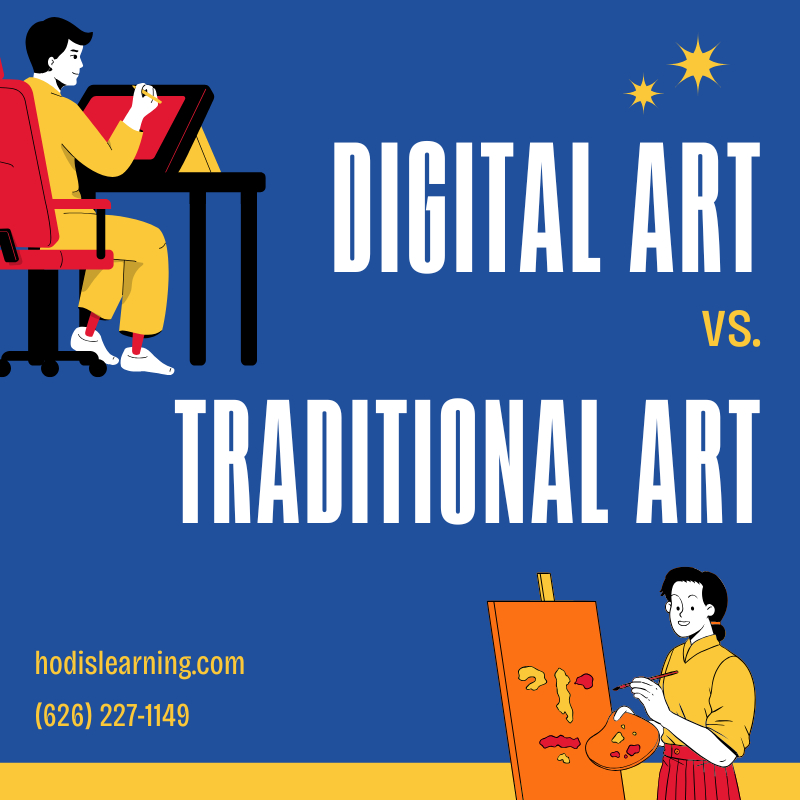Digital Art vs. Traditional Art
Art has always been about expression, whether you’re sketching with a pencil or drawing on a tablet. Today, artists have more tools than ever, and with those tools come questions. Is digital art really that different from traditional art? Should you stick to one? Do you need to choose at all? Here’s a closer look at what sets them apart, where they overlap, and how you can grow in both.
Tools and Materials
Traditional art includes materials like graphite, ink, watercolor, acrylic, and oil paints. It’s hands-on. Every brushstroke, texture, and smudge exists physically. You get the feel of the materials in your hand, which is something many artists find satisfying.
Digital art, by contrast, is created using devices like tablets and computers. Styluses and replace brushes. Instead of a canvas, you have a screen. And while it might not feel quite the same, digital tools allow for near-infinite edits, layers, and effects without using up supplies.
Process and Flexibility
Both forms require creativity, discipline, and a sense of visual problem-solving. The big difference is how you get to your final work.
Traditional artists often have to plan carefully and mistakes can be hard (or impossible) to erase. With digital tools, you can try bold ideas, undo them, and adjust with much more flexibility. But that doesn’t make digital art easier. Both forms require real technique.
Final Products
A traditional painting is one-of-a-kind, made with real textures you can touch. A digital piece is a file. It can be shared, revised, and printed. Neither is better. They simply serve different purposes and offer different kinds of connection.
Transitioning Between Mediums
If you’re a traditional artist thinking about learning digital tools (or vice versa), know this: the core skills you’ve developed will transfer. You already know how to compose, balance, and observe. What changes are just the tools.
Start small. Choose a medium that feels comfortable. Stay patient, and be open to learning a new rhythm.
Why Try Both Digital Art & Traditional Art?
Being fluent in both digital and traditional art opens creative doors. Many artists today work in both spaces, switching based on what the project calls for. The more tools you have, the more ways you can express yourself and the more confidence you’ll have when trying something new.
Ready to Start Your Art Journey?
If you’re curious about developing your artistic skills—whether in pencil, paint, or Procreate—our art classes are designed to meet you where you are. We’ll help you build strong foundations, explore new media, and grow as an artist.
Sign up for art classes today and see where your creativity can take you! Call us at (626) 227-1149 or submit a contact form.



